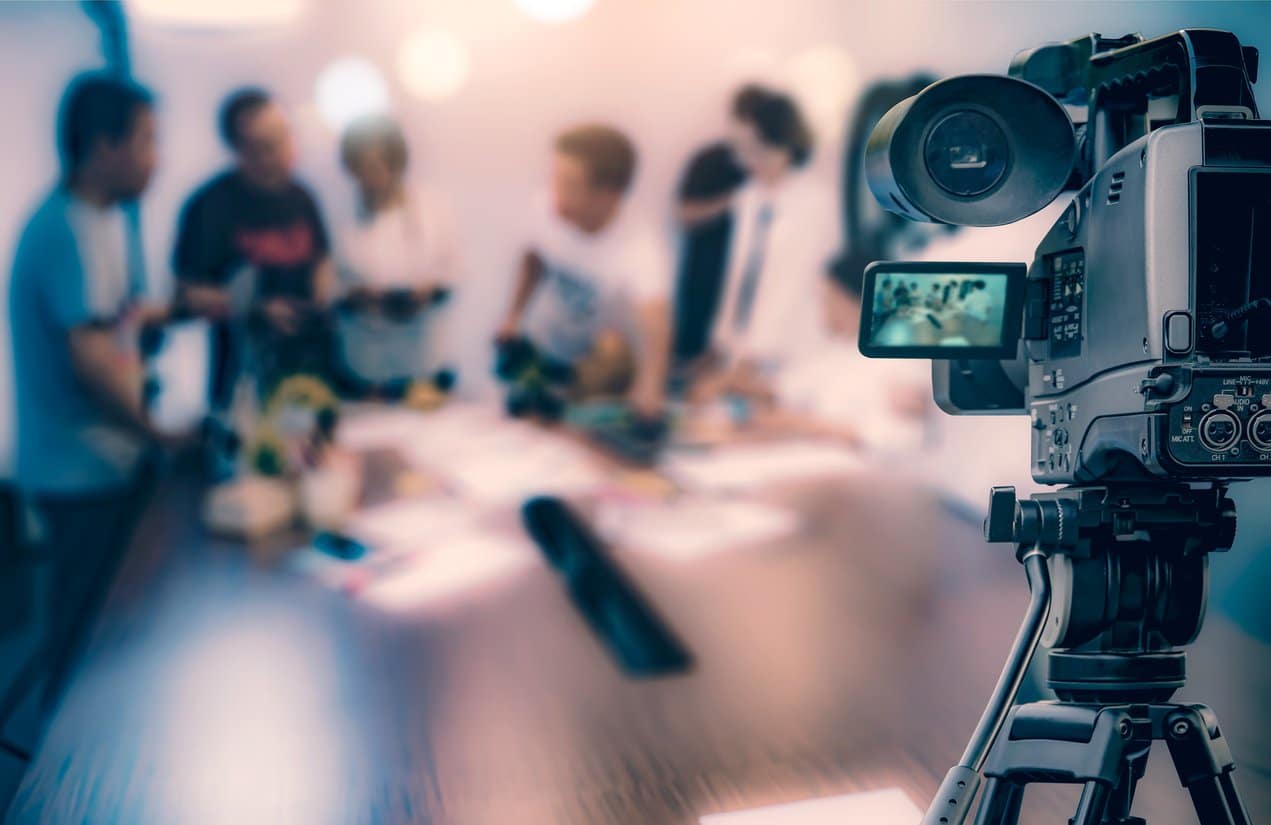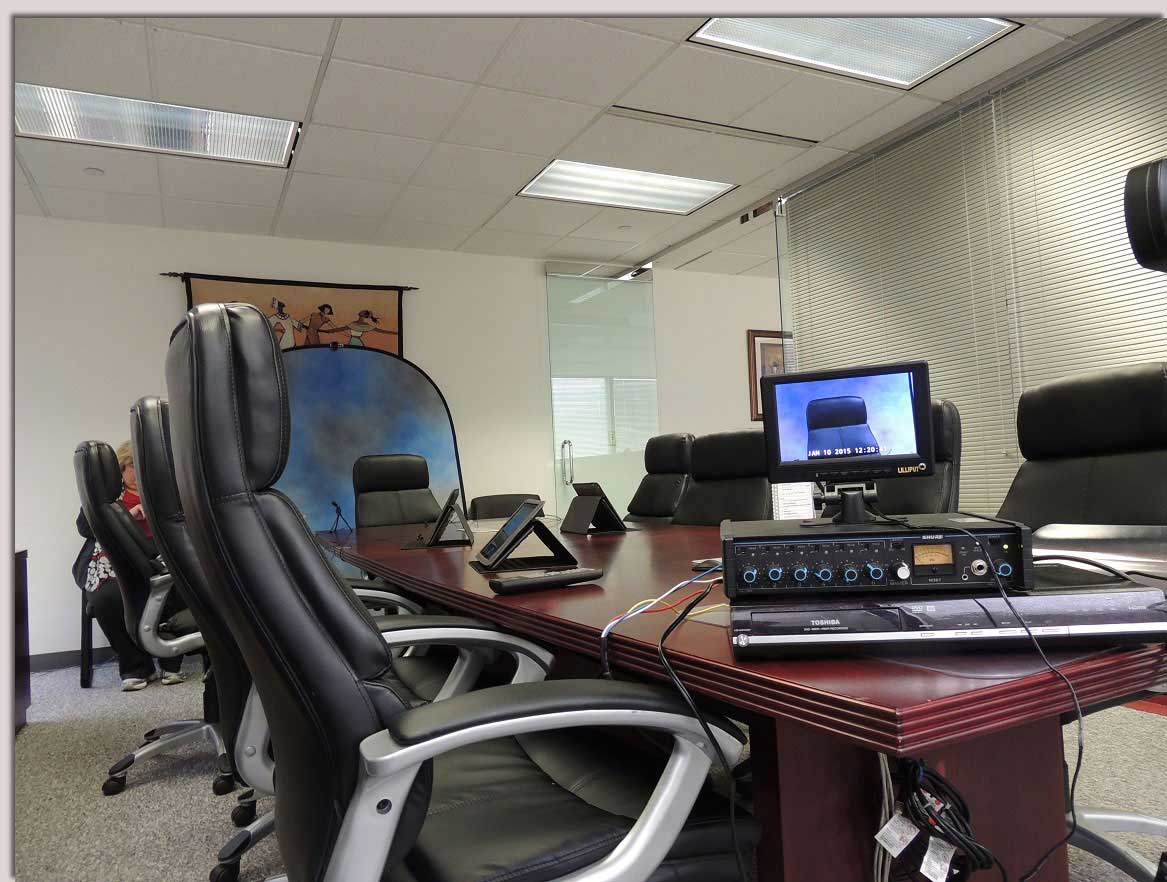Legal Videography: Transforming the Means Evidence is Recorded and Provided
Legal Videography: Transforming the Means Evidence is Recorded and Provided
Blog Article
Exploring the Devices of Lawful Videography: Introduction Its Operation in Safeguarding Genuine Aesthetic Statement for Judicial Procedures
In the realm of judicial proceedings, the function of legal videography stands as a cornerstone in maintaining and providing aesthetic evidence. As technology proceeds to development, the systems behind legal videography have come to be progressively detailed, providing a critical layer of credibility to testimonies caught on video clip. By diving into the functional details of lawful videography, one can reveal the meticulous processes that secure the integrity of visual proof offered in courts - Legal Videography. This exploration not only clarifies the historic advancement of lawful videography but likewise means the future patterns that might better revolutionize how visual testaments are upheld in the world of justice.
Historical Advancement of Lawful Videography
Checking out the historical development of legal videography exposes a considerable transformation in the catching and presentation of aesthetic proof within the legal landscape. In the past, lawful proceedings greatly counted on created records and pictures to document occasions and offer evidence. However, with the development of video innovation, the legal industry observed a paradigm shift in how visual testimony was captured and offered.
The advancement of lawful videography can be mapped back to the late 20th century when improvements in video recording equipment made it more available for use in court rooms. This technical improvement not just improved the accuracy and dependability of aesthetic proof however likewise transformed the way situations existed to judges and juries (Legal Videography). Lawyers started to identify the persuasive power of video recordings in conveying feelings, nuances, and non-verbal signs that composed pictures or transcripts alone might not record properly

Innovation Advancements in Video Documents
What key technical developments have reinvented video documents in the legal area? The lawful field has seen substantial improvements in video clip paperwork modern technology that have improved the credibility and dependability of aesthetic proof in judicial procedures. One of the crucial innovations is high-def (HD) video recording capacities, which supply crystal-clear images and sharp information that are important for accurately recording testaments, faces, and other aesthetic signs. Furthermore, the combination of timestamping and metadata functions in video paperwork devices has enabled accurate documents of when and where the video was videotaped, making sure the stability of the proof provided in court.
Moreover, improvements in video encryption and watermarking modern technologies have reinforced the safety and security and tamper-proof nature of video clip proof, protecting it versus unapproved modifications or meddling. The arrival of cloud storage space remedies and remote gain access to capabilities has streamlined the storage space, retrieval, and sharing of video proof, promoting smooth collaboration amongst lawful professionals and making sure reliable accessibility to essential visual statements when needed. These technical advancements in video clip paperwork have actually most certainly changed the lawful area, boosting the precision, credibility, and admissibility of aesthetic proof in judicial process.
Duty of Legal Videographers in Court Room Settings
The evolution of video clip documentation innovation in the lawful field has demanded an important duty for legal videographers in court room settings, guaranteeing the honesty and integrity of aesthetic statements offered throughout judicial proceedings. Lawful videographers play useful reference a fundamental duty in catching and maintaining precise visual evidence that can be crucial in lawsuit. Their duty encompasses establishing up equipment, taping process, and producing high-quality videos that precisely mirror the events in the courtroom.
In court setups, lawful videographers should comply with stringent standards and standards to preserve the credibility of the aesthetic document. They must possess an eager eye for detail and a complete understanding of lawful procedures to make certain that the video footage they record is a true depiction of the events that took place. Additionally, legal videographers commonly work very closely with lawful groups to guarantee that the video clip evidence lines up with the situation's requirements and can be successfully provided in court to support the lawful arguments being made. In general, the role of legal videographers in court room setups is indispensable in upholding the concepts of justice and guaranteeing the transparency of legal procedures.

Ensuring Admissibility and Honesty of Video Clip Evidence
To keep the trustworthiness of visual proof presented in legal procedures, guaranteeing the admissibility and integrity of video evidence is a crucial duty for legal videographers. Admissibility refers to the acceptance of proof by the court, and for video evidence to be permissible, it has to fulfill particular requirements. Lawful videographers play a critical duty in ensuring that the videos they catch abide by the rules of proof, such as credibility, importance, and dependability.
Honesty of video clip evidence includes preserving the check this creativity and precision of the video from the time it is tape-recorded until it exists in court. This includes firmly keeping the video documents, documenting the chain of wardship, and protecting against any kind of meddling or changes. Legal videographers need to abide by rigorous procedures to guarantee the honesty of the video proof and protect against any type of difficulties to its authenticity.
Future Trends in Legal Videography
Given the enhancing dependence on innovation in lawful process, legal videographers are positioned to accept ingenious improvements shaping the future of visual testament capture and presentation. One of the noticeable fads imminent is the assimilation of digital truth (VR) and boosted reality (AR) innovations right into legal videography. These innovations have the prospective to transform exactly how visual evidence exists in courtrooms, permitting juries and judges to immerse themselves in the scene of the criminal activity or occurrence.
Additionally, making use of fabricated intelligence (AI) algorithms for video clip analysis is expected to improve the procedure of reviewing and assessing large amounts of video footage. AI can aid in identifying vital moments, abnormalities, and patterns within videos, enhancing the efficiency of legal examinations.

Conclusion
To conclude, legal videography has played an important duty in giving authentic aesthetic proof for judicial proceedings. With technical developments and the proficiency of lawful videographers, the honesty and admissibility of video evidence are made certain in court room settings. As legal videography remains to advance, it will certainly be crucial to promote requirements that maintain the accuracy and dependability of aesthetic testament for the future of lawful procedures.
Taking a look at the historical development of lawful videography reveals a substantial improvement in the recording and presentation of aesthetic proof within the lawful landscape.The advancement of video documents innovation in the legal field has actually demanded an important duty for legal videographers in courtroom setups, guaranteeing the integrity and dependability of visual testimonies provided during judicial procedures. Furthermore, legal videographers often function closely with lawful groups to make sure that the video clip proof lines up with the situation's requirements and can click to find out more be successfully offered in court to sustain the lawful arguments being made.To preserve the integrity of aesthetic evidence presented in lawful proceedings, ensuring the admissibility and integrity of video proof is an important responsibility for legal videographers. As legal videography proceeds to advance, it will be essential to maintain standards that keep the precision and reliability of aesthetic testament for the future of lawful procedures.
Report this page